But to tell the truth, Bolivia isn’t for everyone…
It’s quite a poor country that suffers from a harsh Andean climate. It’s rather lacking in direct international flights, the internet is terrible, and the poor quality of the roads often makes overland travel slow.
Still with me?
All that might not exactly scream “holiday” to the average tourist. Since it’s less developed there just isn’t much mainstream tourism in Bolivia — in fact, it’s the least-visited country in South America after only Venezuela and Guyana.
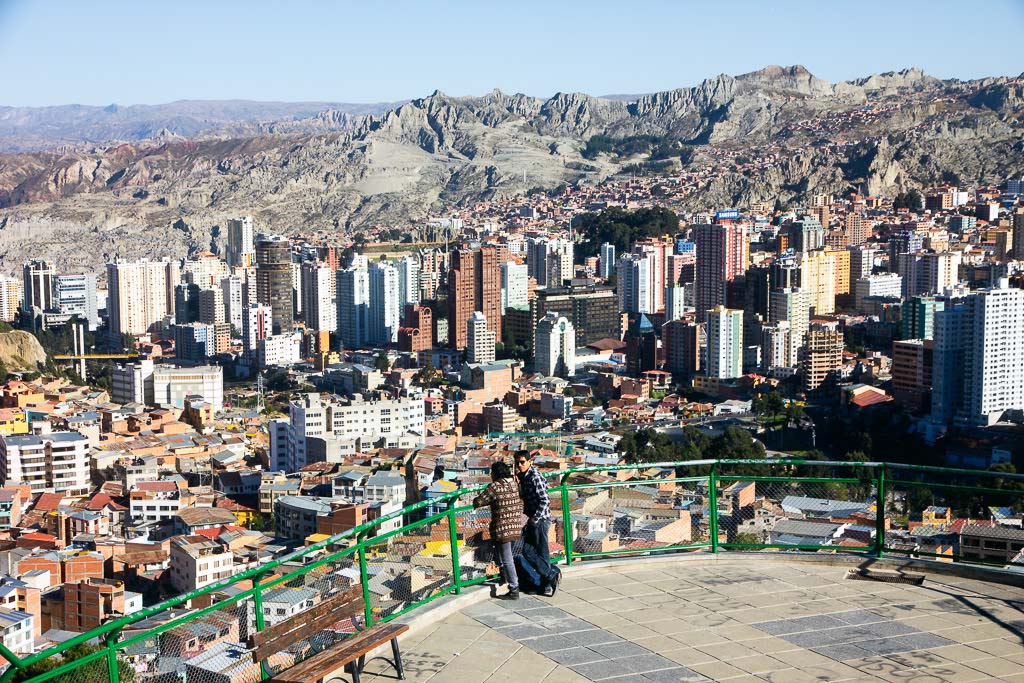
BUT… if you are a backpacker or independent traveller looking to explore, you’ll surely find yourself in travel heaven. The incredible landscapes and many fascinating and thrilling things to do in Bolivia make it a phenomenal destination if you travel for the experience.
There are enough things to do in Bolivia to keep you busy for many weeks. But if you don’t have unlimited time, I’d say that Uyuni, Atacama, and the capital La Paz are the absolute must-sees.
To inspire you, I’ll share all the biggest highlights in Bolivia, while also including some practical tips along the way to help you plan your trip…
1. See the incredible salt flats of Uyuni
This is easily the most epic experience in Bolivia!
Seriously, you shouldn’t even think about visiting Bolivia without taking at least a 1-day trip to the salt flats. Better yet, I strongly recommend booking a 3-day expedition so you can have the full experience that also includes the Atacama desert.
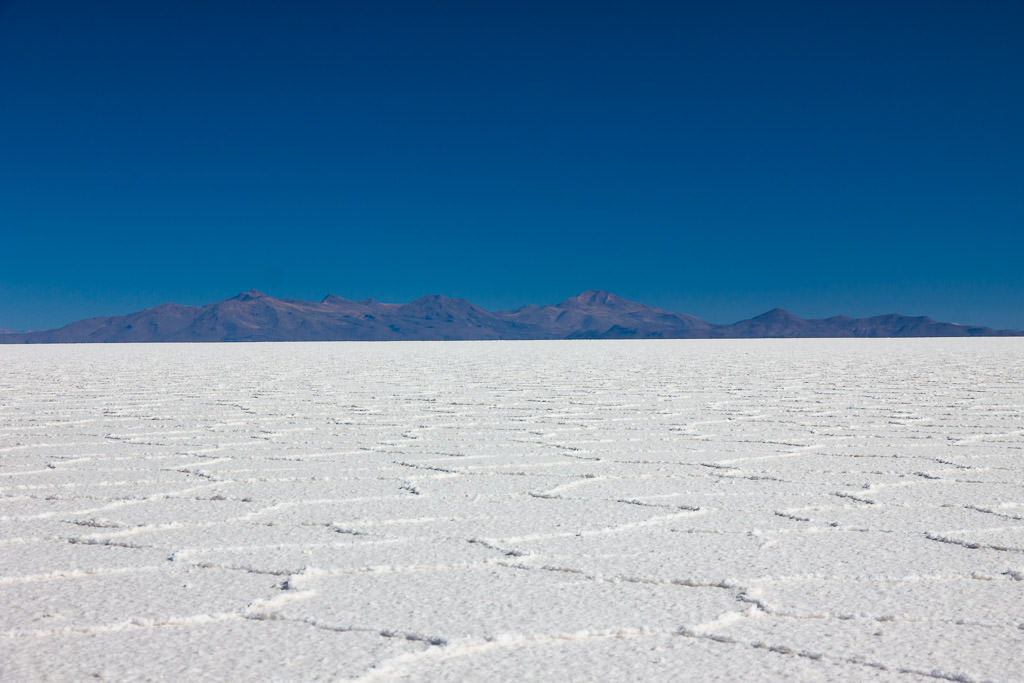
Salar de Uyuni is the world’s largest salt flat — a landscape created by the remnants of what used to be huge lakes during prehistoric times. The layers of salt create the impression of a snowy landscape, which sparkles in the sun and stretches as far as the eye can see.
It’s a surreal place to visit, making you feel vaguely like you’re on a polar mission. At night, you can see the whole Milky Way above you.
Just seeing this seemingly infinite landscape is incredible in itself, though there are also many small sights in and around the salt flats that can keep you busy for days.
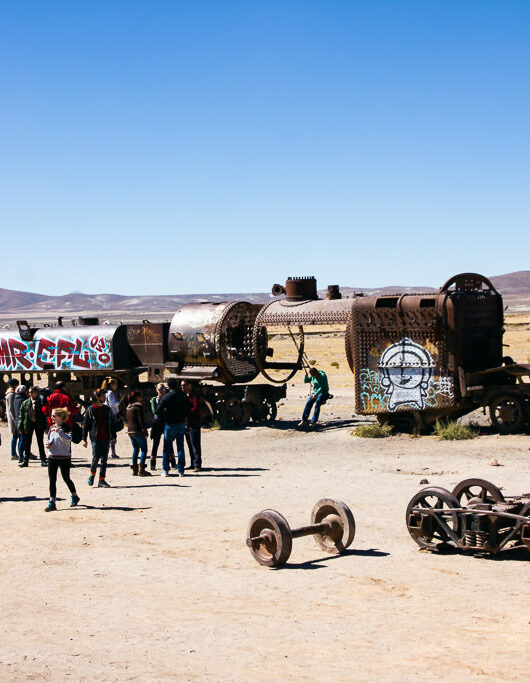
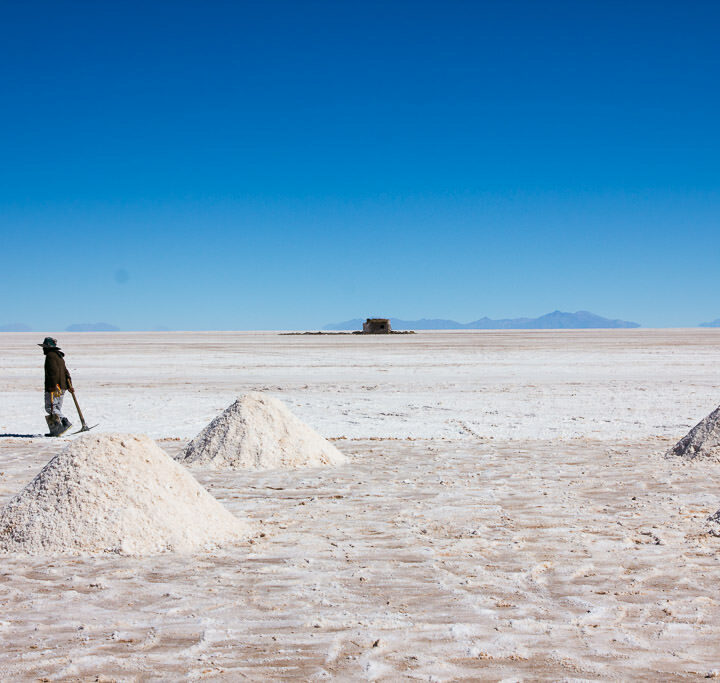
For example, there is the “train graveyard”, filled with the rusting remnants of abandoned trains that were once used in the tin mining industry.
Within the salt flats are also several islands home to petrified corals (remnants from prehistoric times when this area was submerged) as well as tall giant cacti that are up to 300 years old.
The landscapes are genuinely STUNNING and you’ll often feel like you’re on another planet.
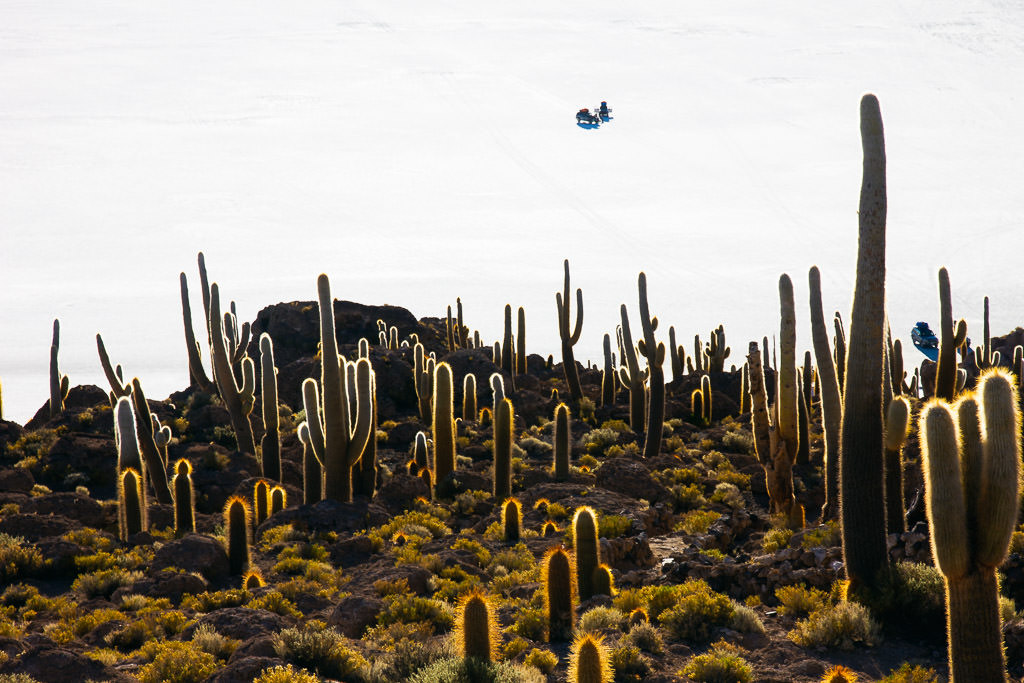
How to see the salt flats
It’s typical for travellers to take an organized tour with jeeps. I’m often asked if you can do it on your own without a tour and the answer is “not really”, unless you have a 4-wheel drive vehicle and know exactly what you’re doing. It’s a very remote area and you’ll have to be offroading nearly all the time. It’s therefore best to get some professionals to take you to the salt flats.
Various companies offer whirlwind 1-day tours (and these seem to be the most popular), but I highly recommend this 3-day tour. This will include the salt flats, as well as the Atacama desert which has numerous interesting sites such as lagoons with pink flamingos and volcanic craters.
Most tours leave from the town called Uyuni. It’s a long bus trip from La Paz (about 12 hours), so you might want to break up the journey and get there from Potosí (7 hours).
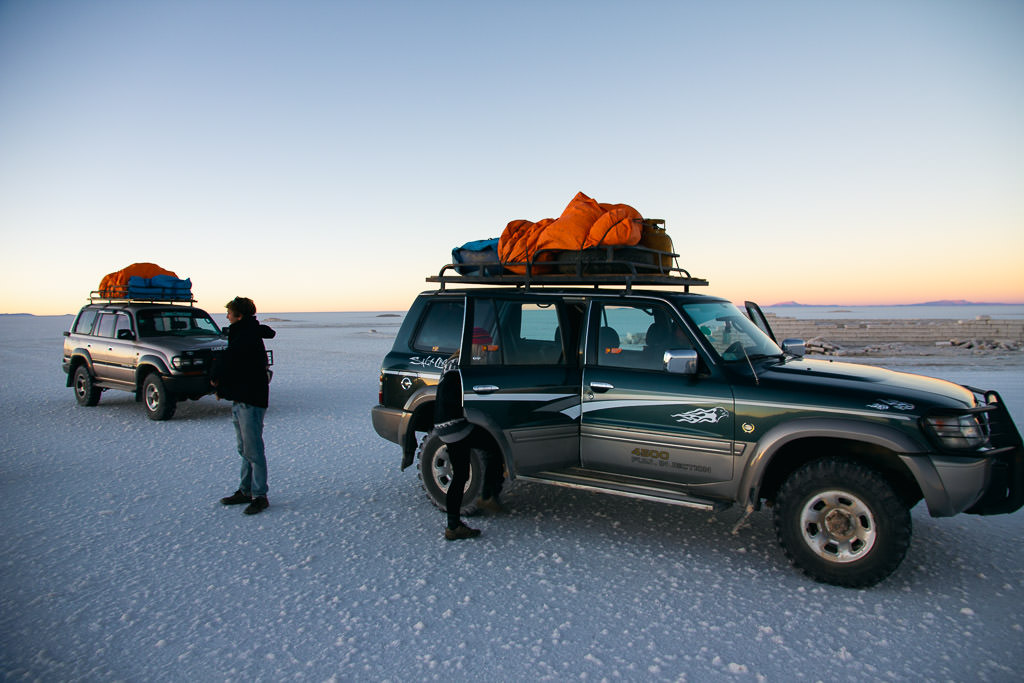
2. Explore the otherworldly Atacama desert
Near the salt flats in the south of Bolivia is Atacama, known as the driest place on Earth. Yes, Atacama is even drier than the Sahara.
Because it’s so dry and has so few microorganisms found in the soil, NASA uses the desert to train for Mars missions, as the conditions are the closest that we have on Earth to the red planet.
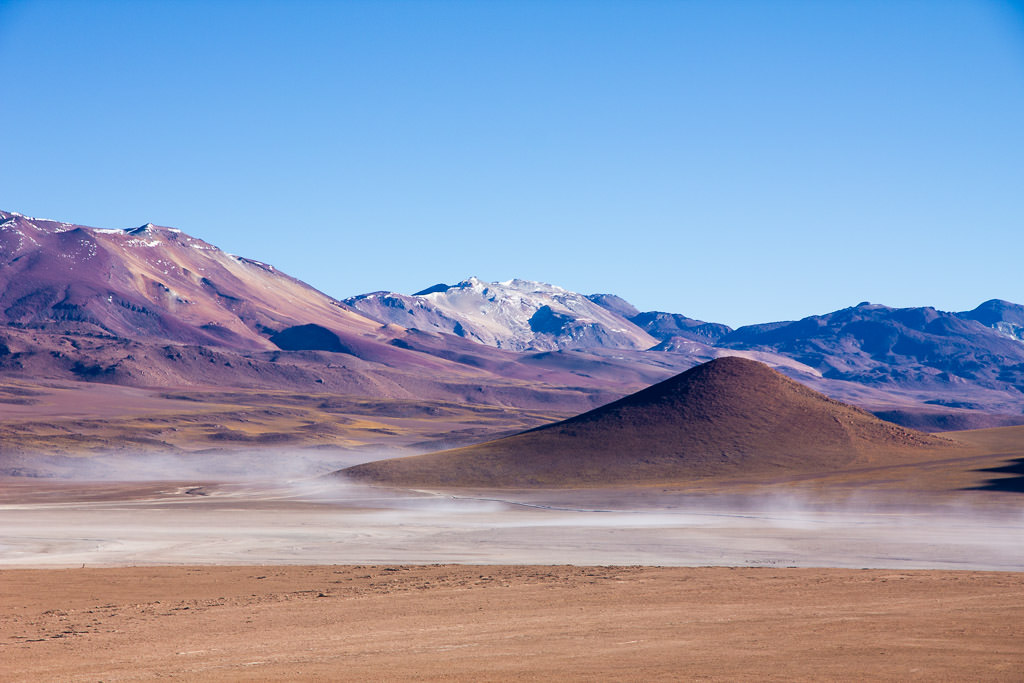
Atacama might just be the most remote and rugged place I’ve been. Though if you’re expecting the desert to be empty, it’s far from it. Although getting there can take a fair bit of driving, there are interesting sights spread all over the huge plateau.
For instance, there are many amazing ancient rock formations and other geological features to see. During my trip I also saw all sorts of wildlife, including herds of wild vicuñas (animals that look a bit like llamas)
Atacama is also home to several species of pink flamingos which congregate around beautiful coloured lagoons. The microbial and mineral makeup of these lagoons gives each a unique character. One of them even looks bright red during certain times of the day.
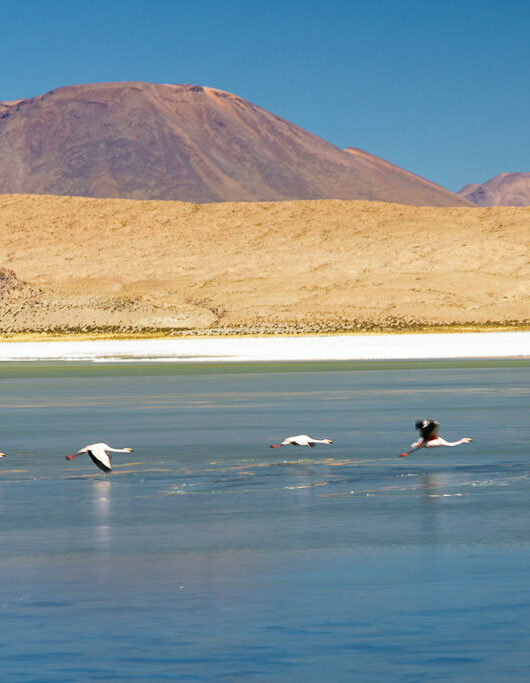
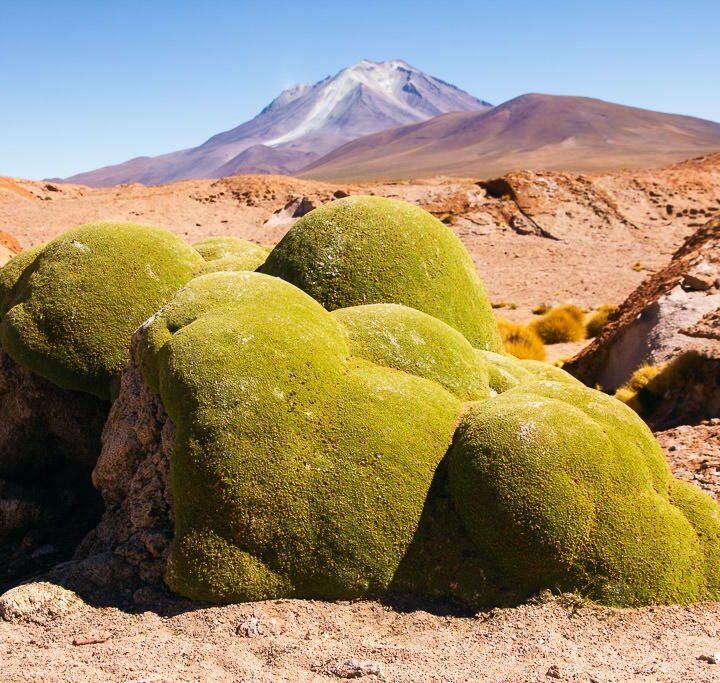
Even these strange moss-like plants are unique, being among the oldest living organisms on the planet. (This interesting TED talk explains more about it.)
The best way to experience Atacama is on the aforementioned 3-day tour which also includes the salt flats. I normally try to do things without tours if possible, but in this case, it’s a must given the distances involved and the remoteness.
It typically costs around $250 USD or so, which may seem like a lot considering the general prices in Bolivia, but you’ll essentially be joining a small expedition that includes 4-wheel-drive vehicles, food, supplies, and accommodation in the desert — and the experience is simply priceless.
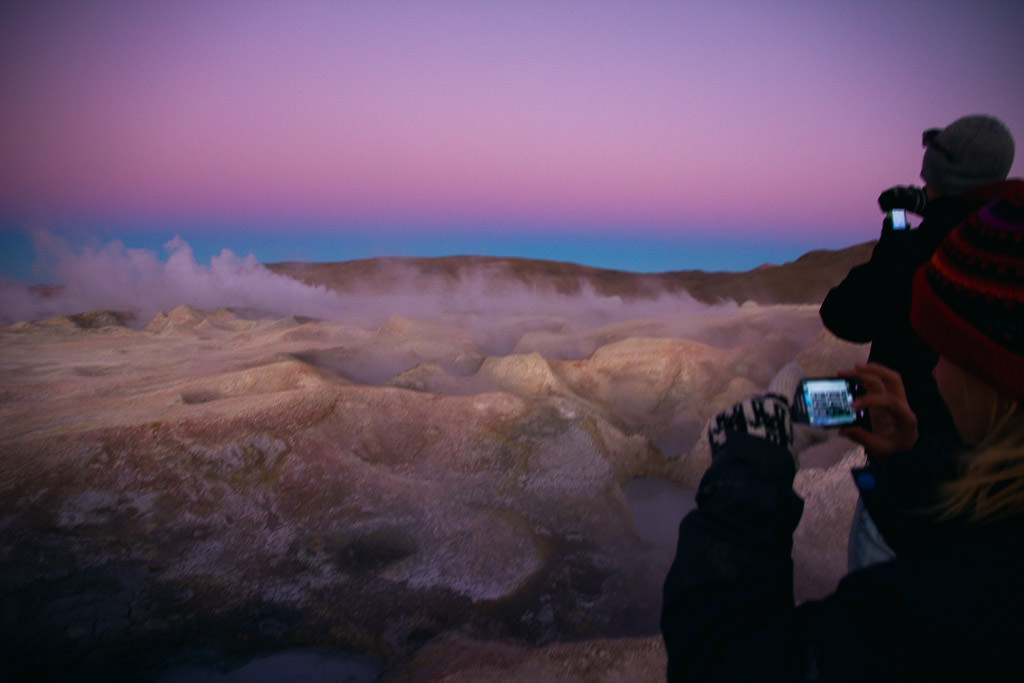
There are many geysers and geothermal steam vents in Atacama as well. When walking at sunset around the landscape with sulphuric gasses and boiling water bubbling up to the surface, I felt like I was in an alien world.
This is an experience NOT to miss!
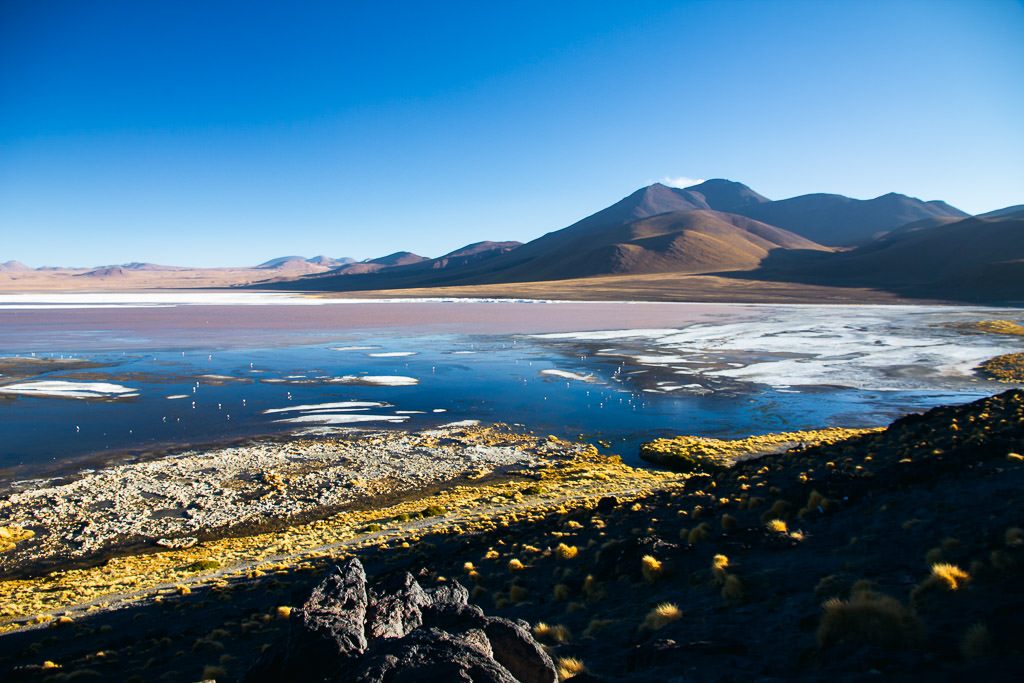
3. Stay in a salt hotel
One more unique experience that’s worth mentioning on the Salt Flats is the chance to stay in a hotel constructed entirely from blocks of salt.
Just as you have ice hotels in the polar regions, you also have salt hotels in Bolivia! Besides being an interesting novelty, these hotels offer a rare chance to add a luxury experience in Boliva.
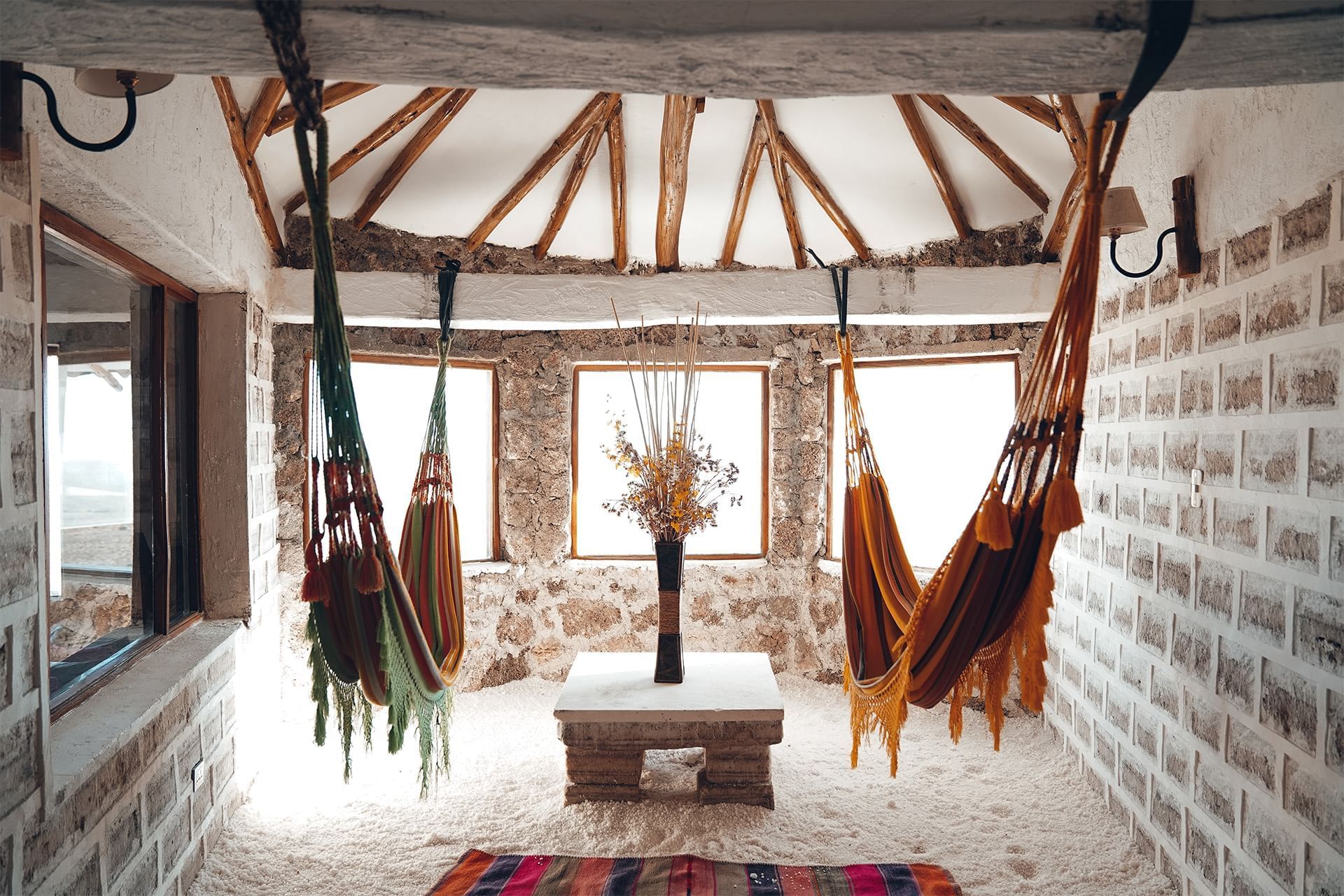
If you’re on a backpacker budget then you’ll surely skip this, as nightly rates range from around USD $200 to $400.
But if you ever wanted to sleep in a salt-domed bedroom with windows to a stunning sunrise, then several salt hotels offer such premium stays near the town of Uyuni. These include the Hotel de Sal Luna Salada and the Hotel Palacio do Sal.
4. Discover La Paz, the world’s highest capital
La Paz is the highest-elevation capital in the world, sitting at an average of around 3,650 m (11,975 ft) above sea level. To give you an idea, La Paz is located at a greater height than the peak of Mt. Fuji in Japan.
There really is no city like it anywhere else.
I should mention that La Paz has a very rugged feel and the altitude can make just walking up some stairs a real slog if you haven’t yet adjusted to the thin air.
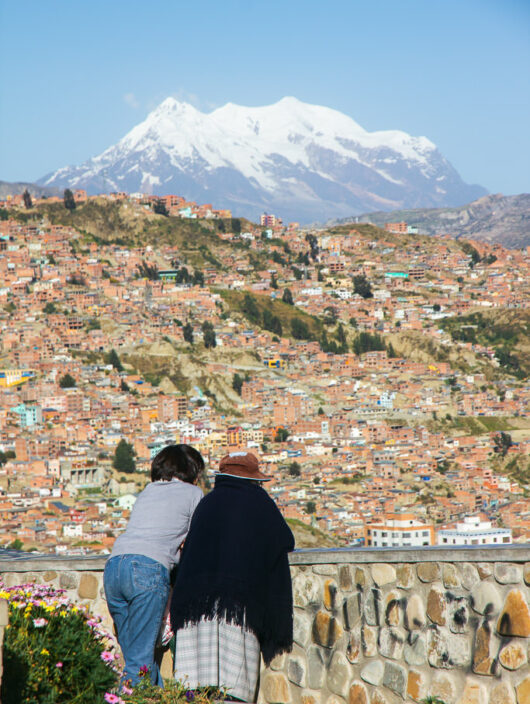
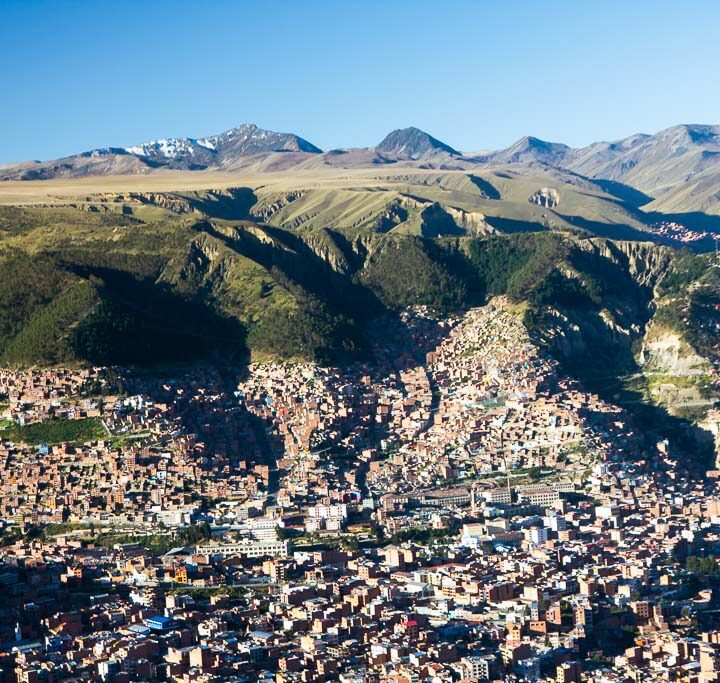
At first glance, La Paz may also seem a bit rough, but it’s highly worth staying. That’s not just for the epic views of the distant snow-capped peaks, but also because there are so many interesting things to learn and fun activities in La Paz.
It’s a great idea to go on one of the La Paz free walking tours organized by various groups (they’re actually not free but donation-based). It is sure to give you a better appreciation of the history as well as some crazy stories about Bolivia’s raw politics and society.
The capital is also a bit of a backpacker party hub, with several of the hostels in La Paz attracting a young and party-hungry crowd. The free shots distributed in some of the bars can turn things a little wild, so if you are looking for reasonable sleeping hours, then you may wish to steer clear of the Loki or Wild Rover hostels in particular. (Or if you like to party, you now know where to go!)
Some of the following things to do in Bolivia are either in- or near La Paz, so it’s a great base to spend at least a few days.
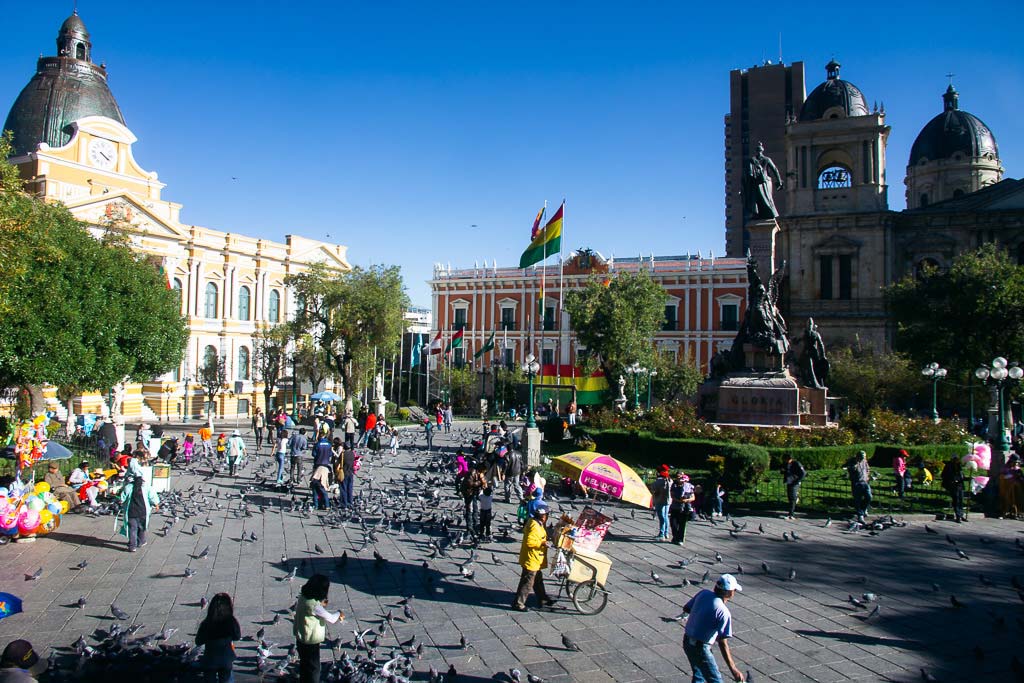
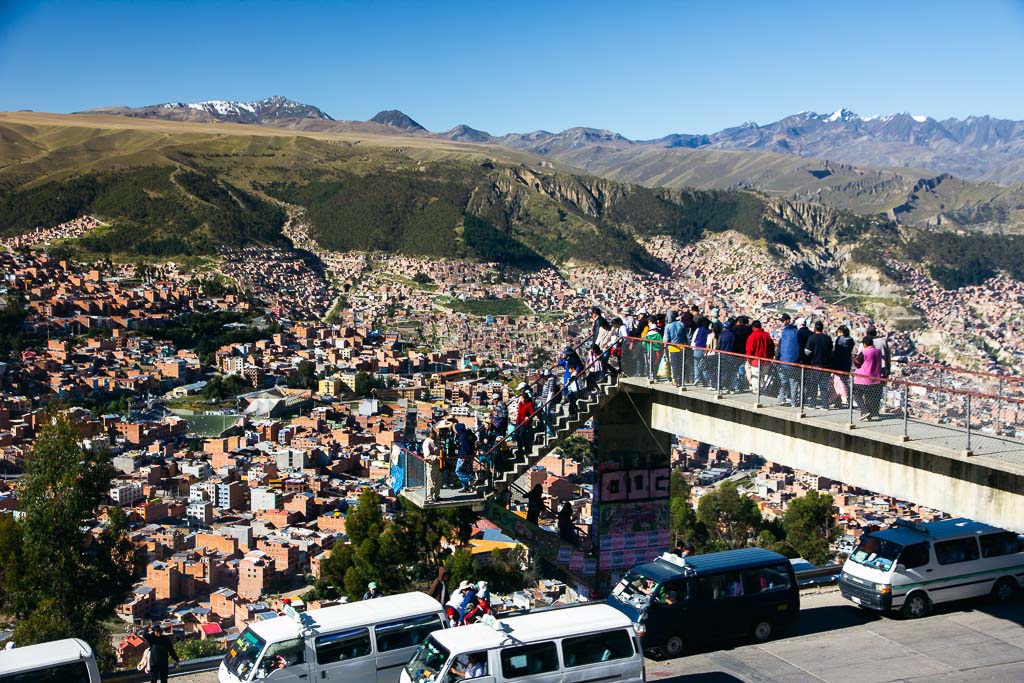
5. Learn about Bolivians’ fascinating superstitions
Something you’ll definitely want to do in La Paz is to check out the witches’ market. It’s full of little shops and stalls selling all manner of strange objects and substances that tie into various superstitious beliefs.
Perhaps the most unsettling are the dried llama foetuses (sourced from natural miscarriages, apparently) which are traditionally used to bless the grounds before a new building is constructed. Try to go with a local guide if you can as they’ll be able to explain more about all the unusual products being sold.
Many people in Bolivia maintain various indigenous beliefs, traditions, and superstitions. An interesting way to see this for yourself is to visit a fortune teller.
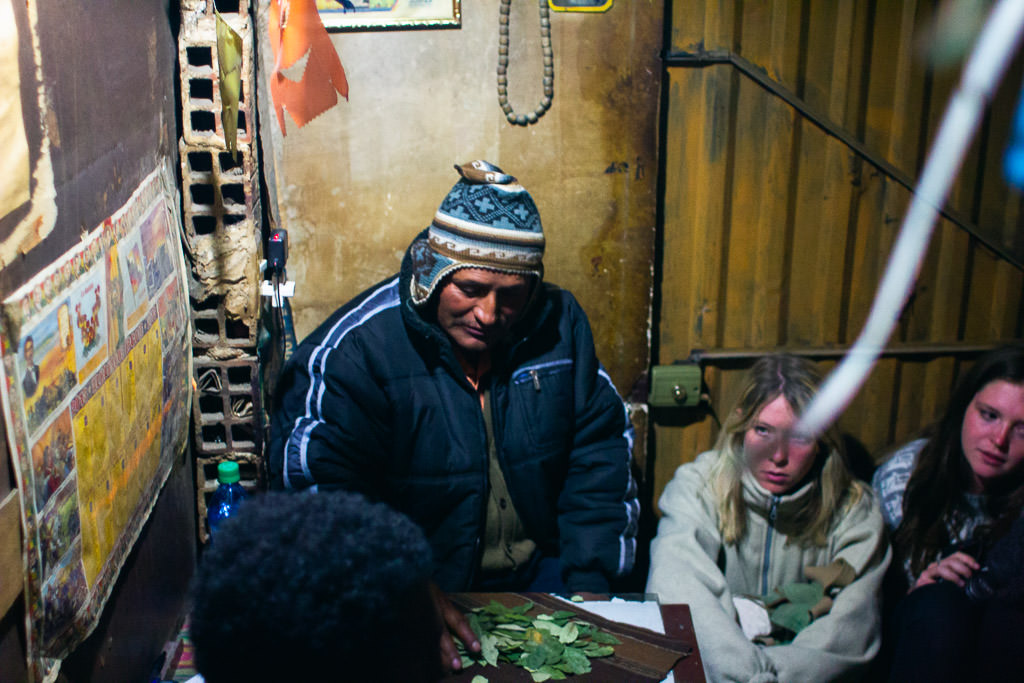
Some of the fortune tellers read tarot cards, while others will read tea or coca leaves. I went with a group of backpackers to visit a man in a shack on the edge of El Alto overlooking the city, who read each of us our future.
I’m not sure how seriously we were taking his prophesies — some began asking about the winners of future World Cups — but it was a very atmospheric experience and a chance to have a very memorable local interaction.
6. See a Cholita Wrestling match
Another interesting activity in La Paz is to watch Cholita Wrestling, a spectacle that’s similar to WWE or Lucha Libre wrestling, but with a bit of a twist.
In this Bolivian style of wrestling, it’s women wearing traditional bowler hats who are doing most of the fighting.
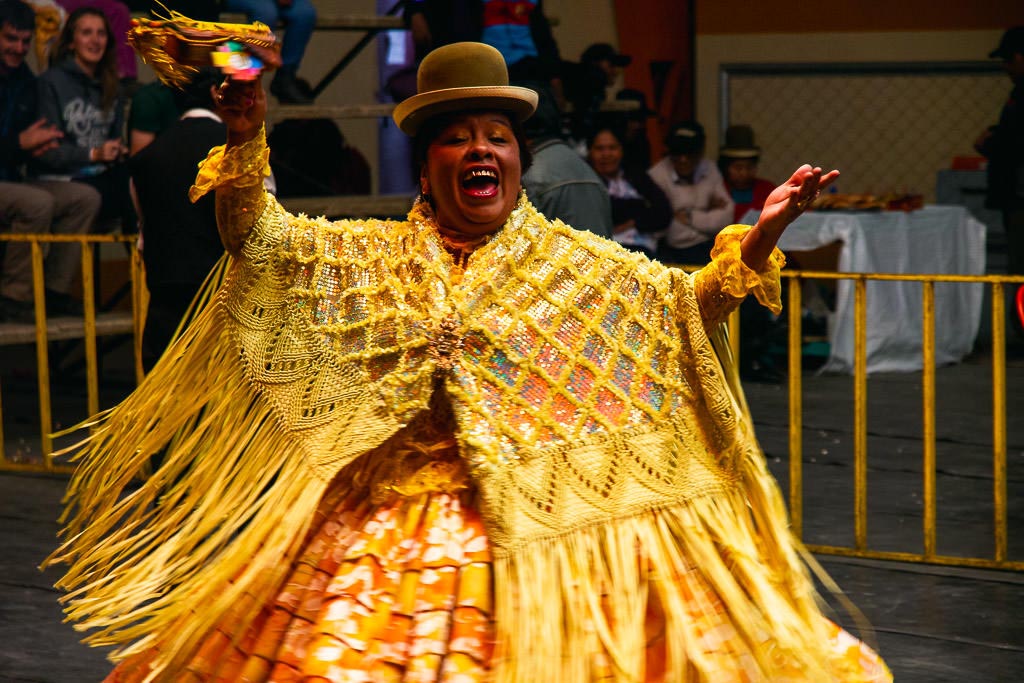
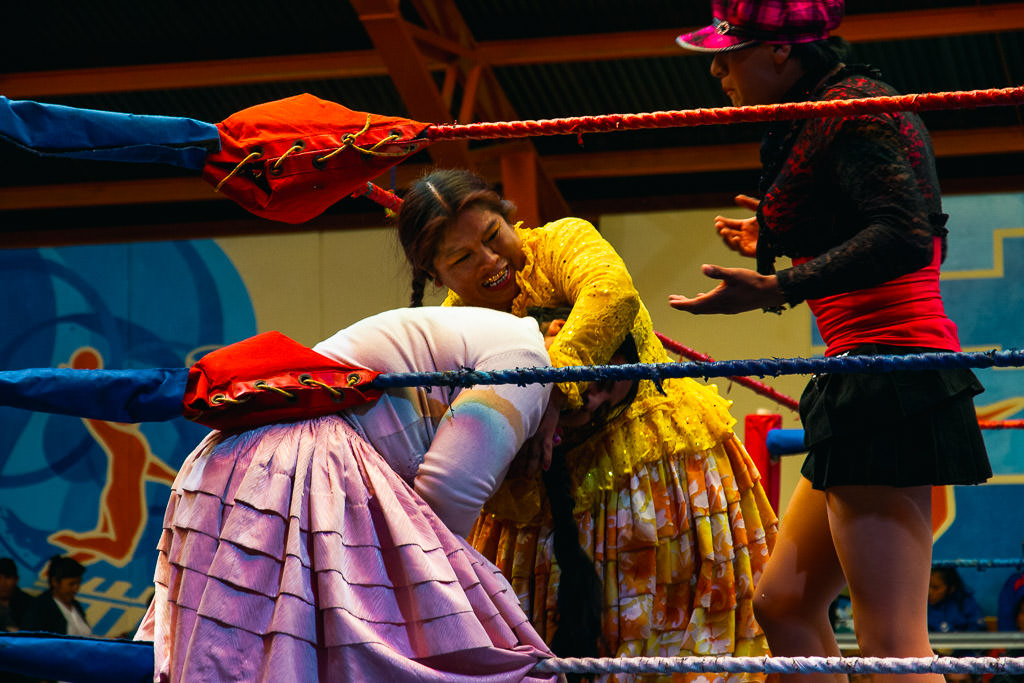
It gets pretty crazy at times as t he fights will sometimes even move out of the ring and into the audience area. It’s all part of the show and it may seem quite unusual at first, though it actually started as a women’s empowerment movement and a campaign against domestic abuse.
Shows are every Sunday and you can buy tickets in various places in town, through your accommodation, or you can reserve your spot online.
7. Mountain bike down “Death Road”
The North Yungas Road between La Paz and Coroico once earned the unfortunate moniker of “world’s most dangerous road”.
Yungas Road was once the main artery through which all the cars and trucks would come to the capital. When looking at old documentary footage of trucks passing each other at hair’s length along the mightily steep cliffs, it’s not surprising that so many people died in accidents on this road through the years.
These days the road is closed off to (most) motorized traffic and is only one-way (downhill), which allowed it to become a bit of a tourist attraction. Mountain biking down this road is a thrilling experience and, luckily, not nearly as dangerous as you might think.
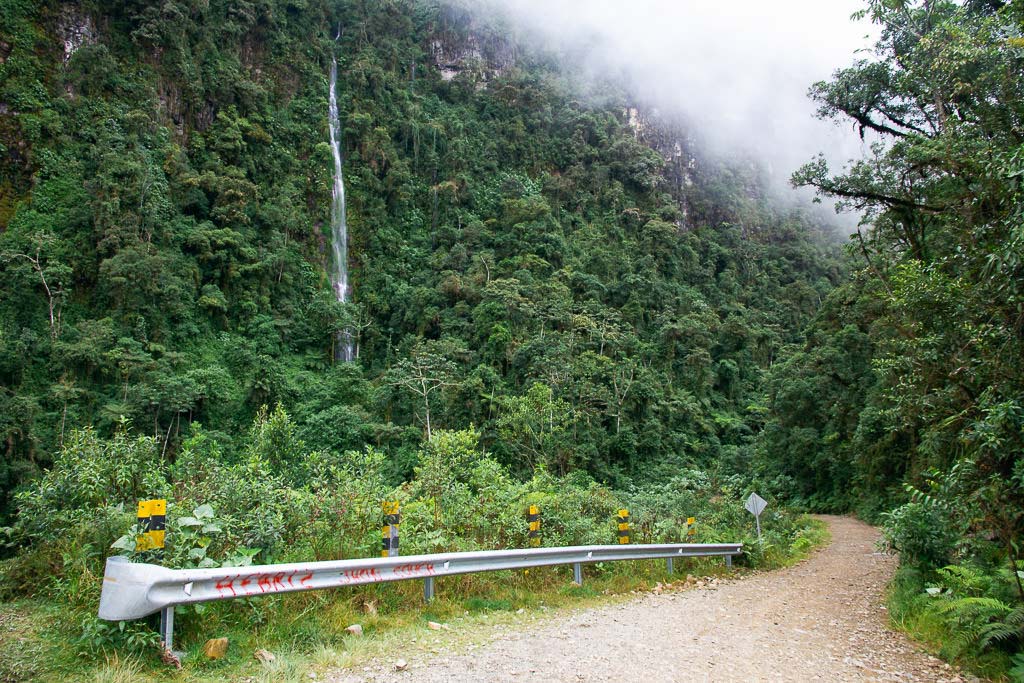
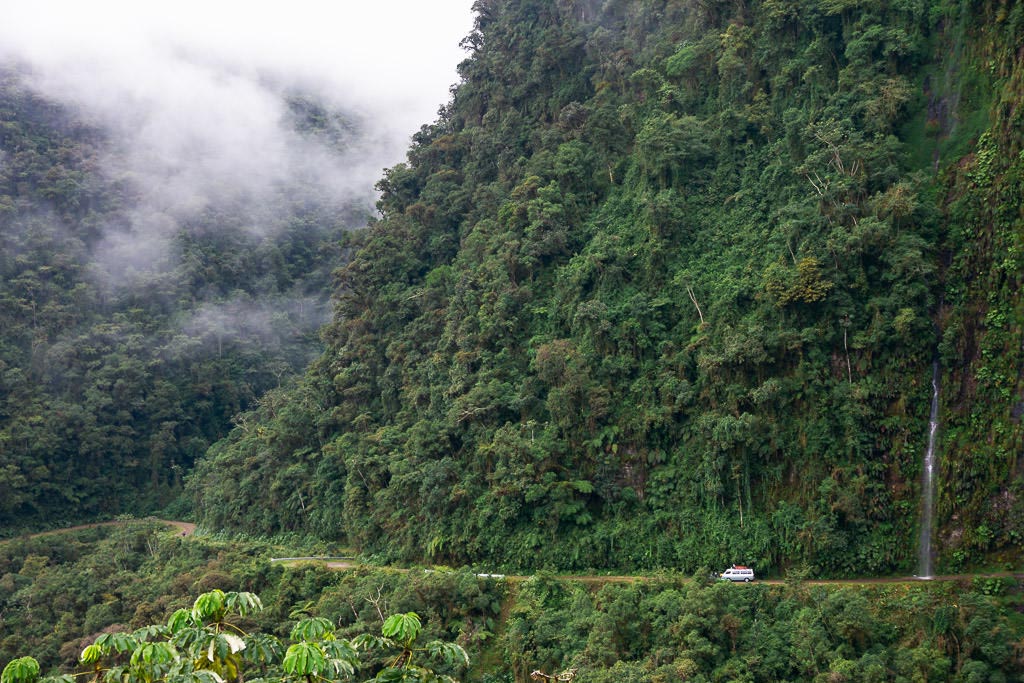
You’ll start all the way at the top of the mountain around 4,650 metres altitude where you’ll be very thankful for having gloves and thermal jackets. You’ll end up way at the bottom of the valley where it’s tropically hot.
It’s an amazing experience and super fun! A number of tour agencies offer mountain bike excursions, which include a pick-up in La Paz and take almost a full day. I went with Barracuda Biking but you can also book it online here, in which case you’ll go with Vertigo Biking.
How dangerous is Death Road really?
These days, it’s safe enough to cycle down! A new road was constructed years ago making the Death Road nearly free of traffic today. The drop-offs down the cliffs will definitely make your heart beat faster at times, but there are now some guard railings and your guide will regularly brief you about the upcoming turns. It’s a wild adventure for sure, but the road really earned its name back in the day when it was packed with traffic in both directions. Don’t worry, it’s now safe enough to use as a cycle route (when guided).
8. Rappel down an office building
Billed as the “world’s highest abseiling” (because of the elevation, not the height), this is nevertheless a thrilling experience. The company Urban Rush Bolivia (run by several New Zealanders) lets you rappel 50 meters (164 feet) down a 17-story building in the heart of the city.
You can either rappel down the normal way, or go face-down for an adrenaline-pumping experience. The price for one jump is 22 USD and it’s 30 USD for two jumps. You first get a practice run at a 2-meter-high wall.
You can even choose your costume, such as Captain America, Spiderman or Santa Claus!
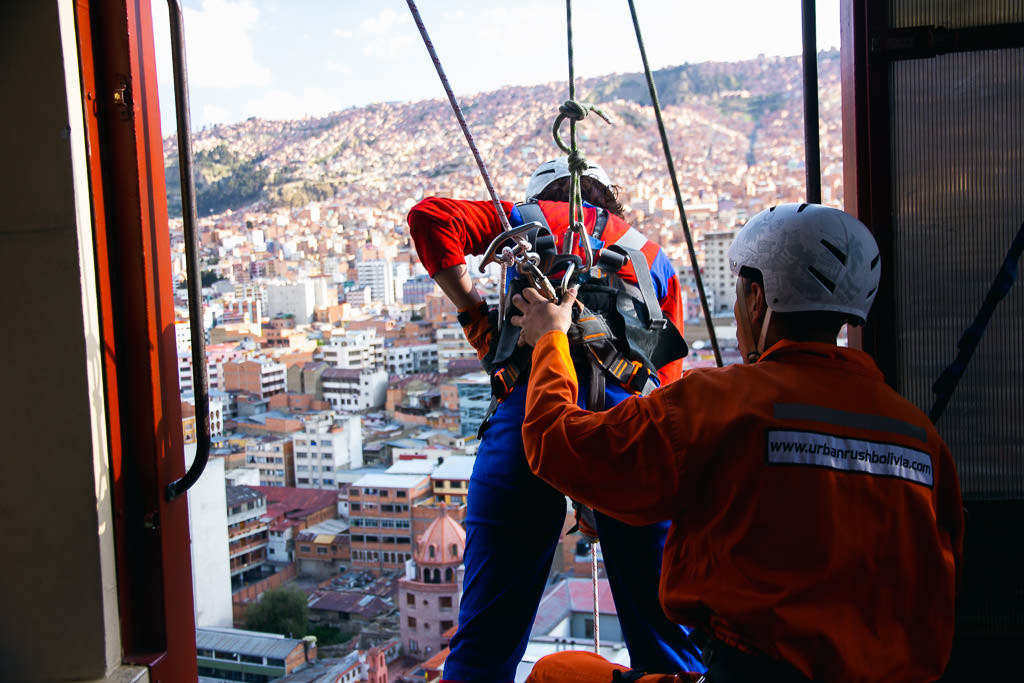
9. Wander around the Valley of the Moon
This geological formation about 10 kilometres from La Paz makes for an interesting afternoon excursion if you have some hours to spare.
Erosion of the sandstone here has created thousands of pointy spires, which create quite an otherwordly landscape. It’s appropriately named the Valle de la Luna, or Valley of the Moon. There is a walking trail that passes through the various rock formations.
The entry ticket is 15BOB for foreigners and 3BOB for locals. It’s about 45 minutes by local bus from the city centre (see location on Google Maps).
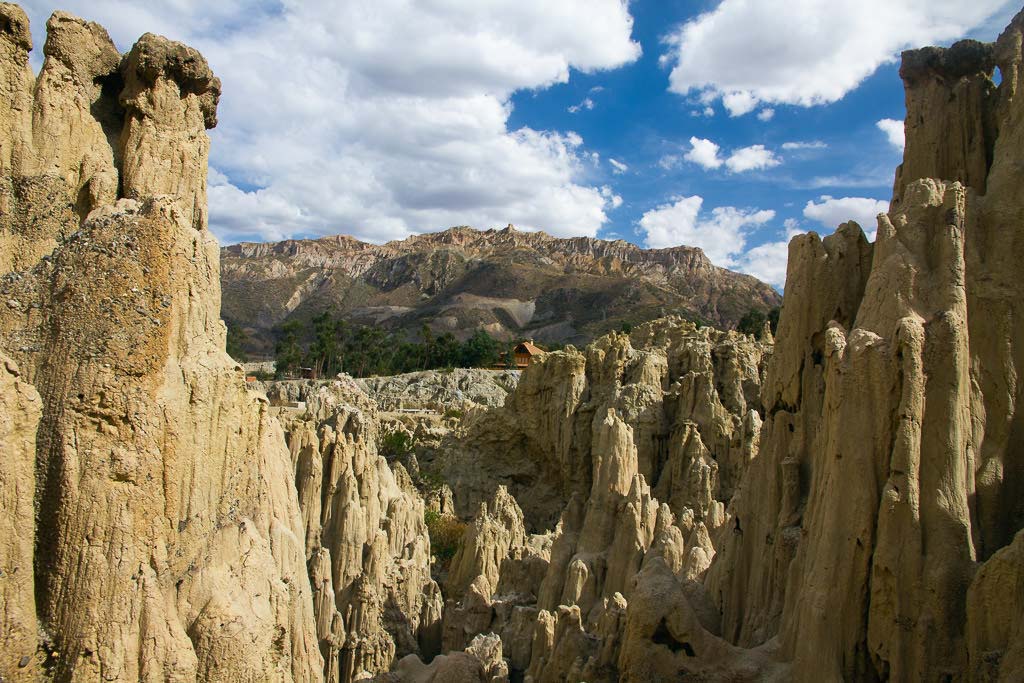
10. Visit the markets in La Paz
The markets in La Paz are always abuzz with activity and besides being places for locals to buy produce and goods, you can also find excellent street food and interesting exotic fruits to try.
There is a central market in La Paz, but it’s even better to go to the 16 de Julio market in El Alto which takes place every Thursday and Sunday.
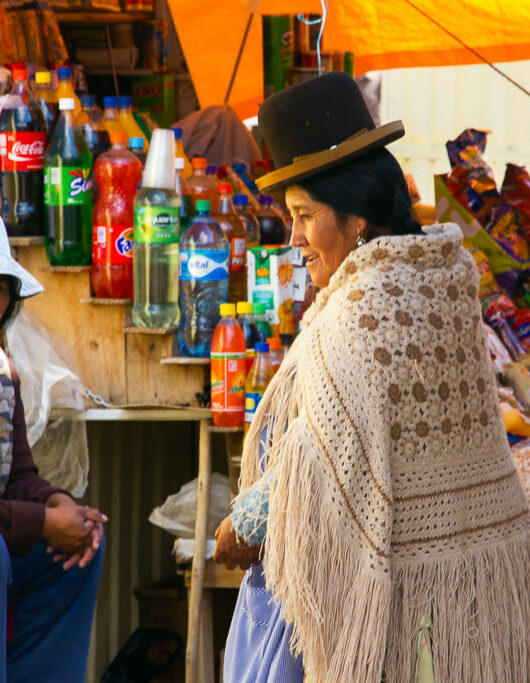
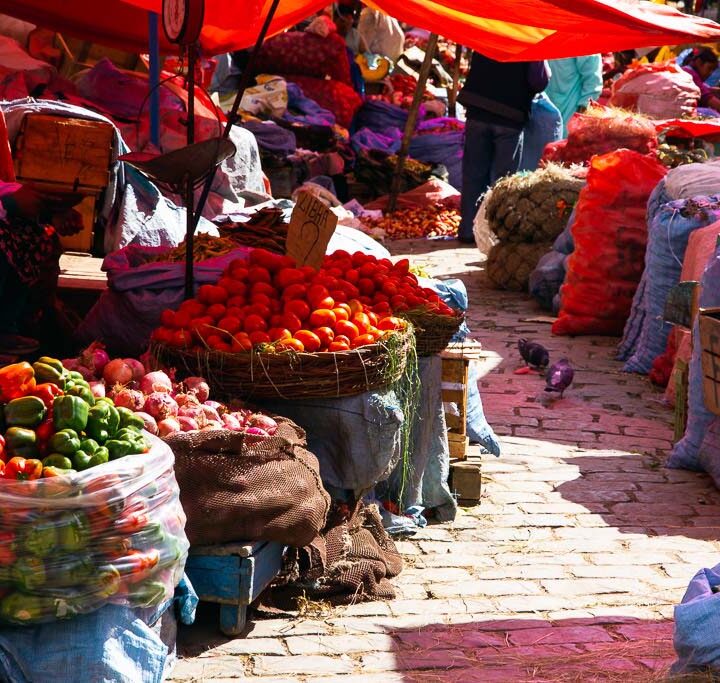
El Alto is the even higher section of the city up on the plateau overlooking the center. The market is said to be one of the largest in the world, and it’s where you can buy virtually anything.
I visited with a local guide which added a lot of value as he could point out traditional foods and unusual items being sold. If you decide to go by yourself, be aware that pickpocketing is rife, so watch your belongings closely.
It’s easy to get to El Alto using the cable car, known in Spanish as the Teleférico (red line).
11. See the largest lake in South America
Lake Titicaca is located on the border between Bolivia and Peru. It is not only the largest lake in South America, but the world’s highest navigable lake.
This lakeside town of Copacabana makes for a great stopover if you’re travelling between Bolivia and Peru. There are several places along the lake where you could stay, though I found Copacabana much more inviting than Puno and Juliaca.
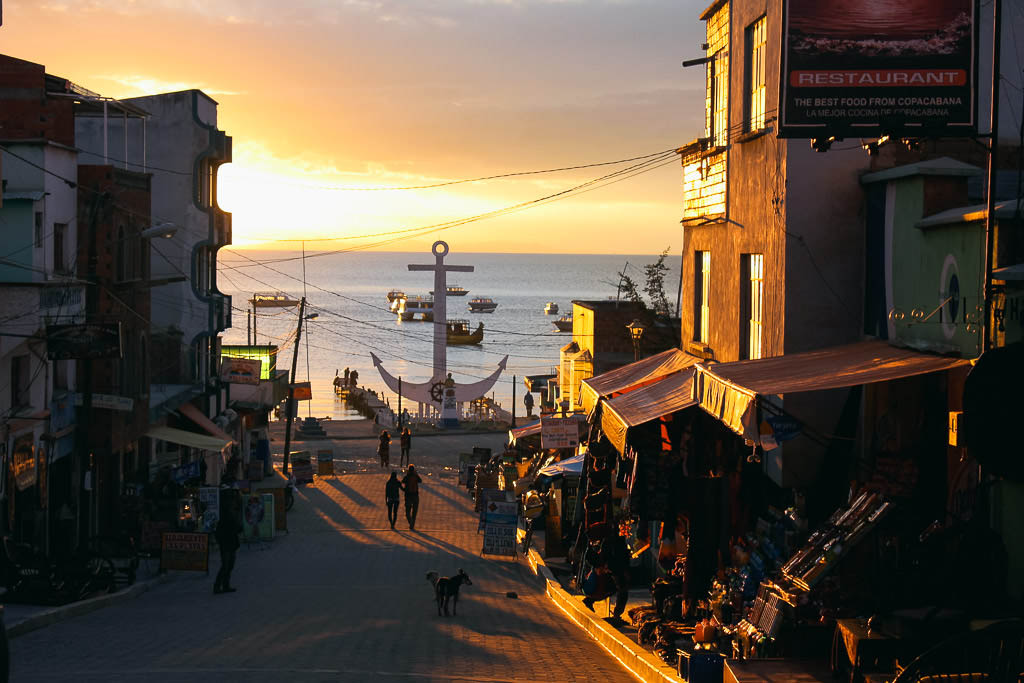
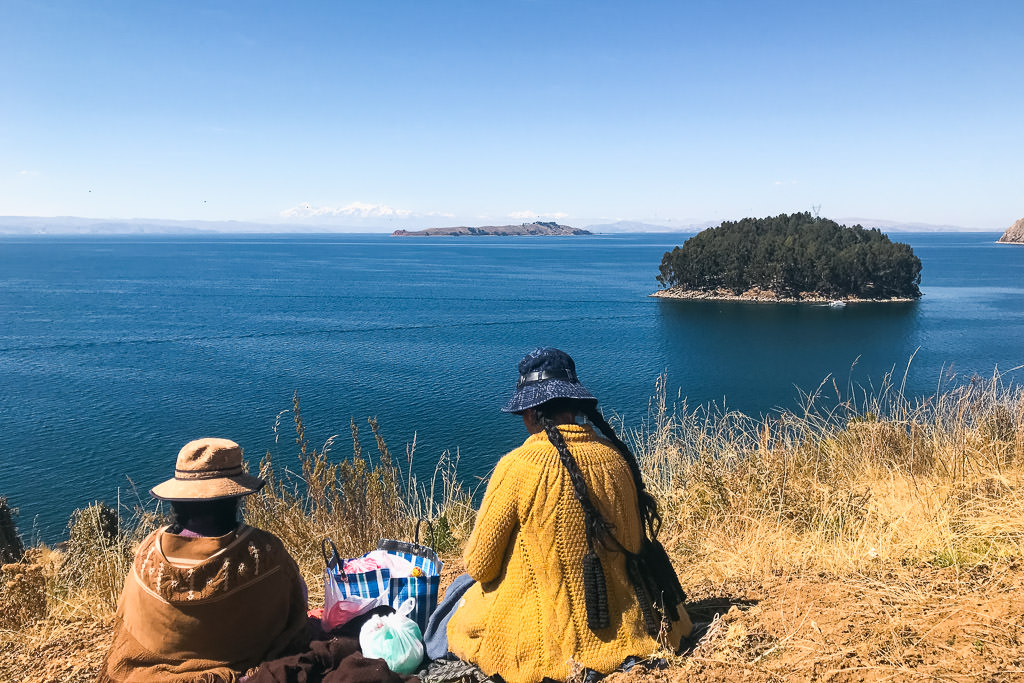
Fun fact: the beach in Rio de Janeiro derived its name from Copacabana in Bolivia, though don’t expect white sand beaches or expensive hotels. This lakeside town is very small and basic, catering primarily to backpackers.
From Copacabana, you can take a boat to Isla del Sol and Isla de la Luna, two rustic and sleepy islands in the lake which were ancient holy sites for the Inca. You can also make a trip to the Uro Islands, which are floating islands made of reed. This is a popular day trip that’s become pretty touristy, though it’s also possible to sleep in a homestay for a night, which offers better opportunities to get to know the locals.
12. Take a breath in charming Sucre
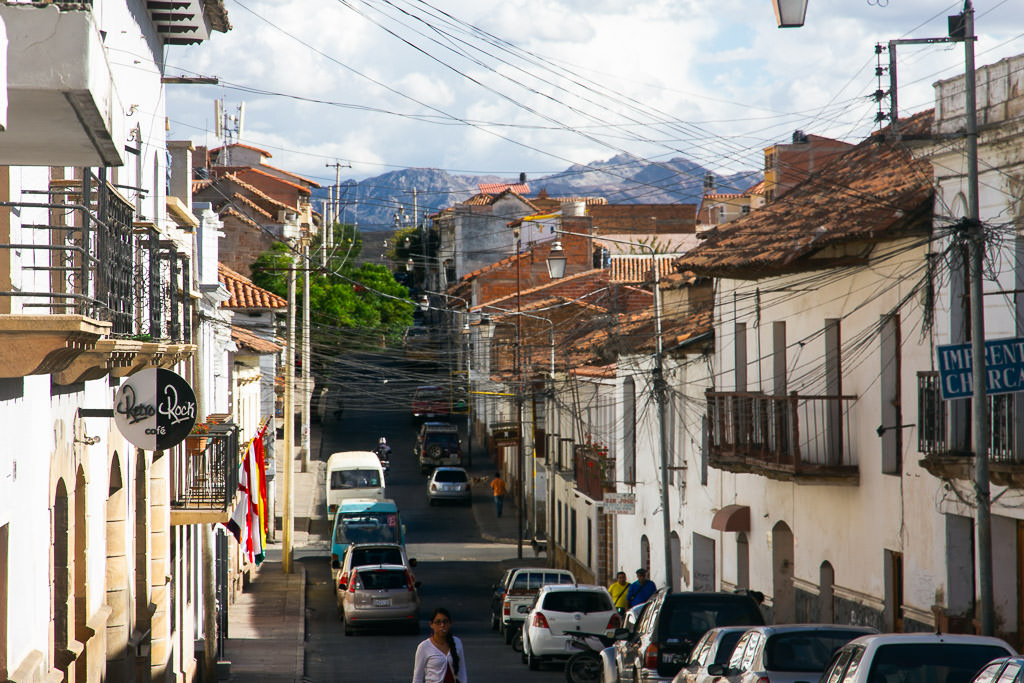
Of all the major cities in Bolivia, Sucre is arguably the prettiest and most relaxing. At an elevation of 2,790 m (9153 ft) it’s definitely a mountain city, but compared to La Paz you can breathe a little easier here.
Sucre is Bolivia’s former capital and its centre is a UNESCO World Heritage site. In contrast to the rugged cities elsewhere in Bolivia, Sucre is bright and pretty with lots of white colonial-era buildings. Sucre also enjoys a wonderful spring-like climate.
There’s a lot to do in and around Sucre, including motorbike tours, tandem paragliding, many single- and multi-day treks (such as treks to the nearby Maragua Crater) as well as many churches and museums to visit.
Most people will probably want to stay a few days, though on my first backpacking trip through Bolivia I got stuck here for several weeks, taking Spanish classes and just enjoying the vibe.
It’s actually a great place to take Spanish lessons as they’re attractively priced, the city is pleasant, and the Bolivian accent is mild, making it easier for foreigners to understand.
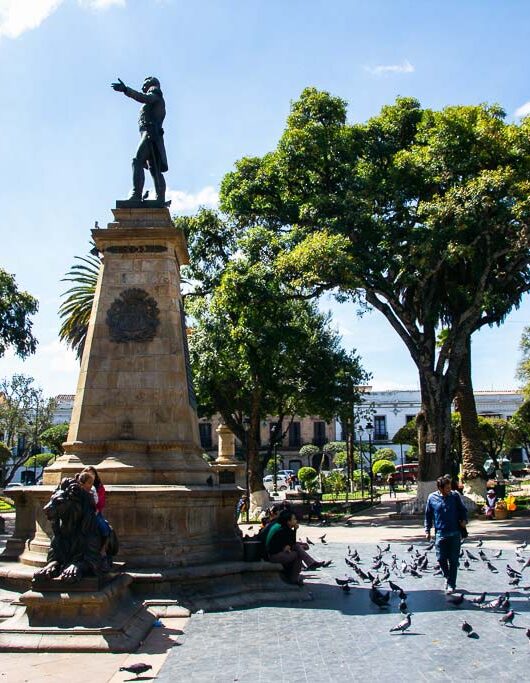
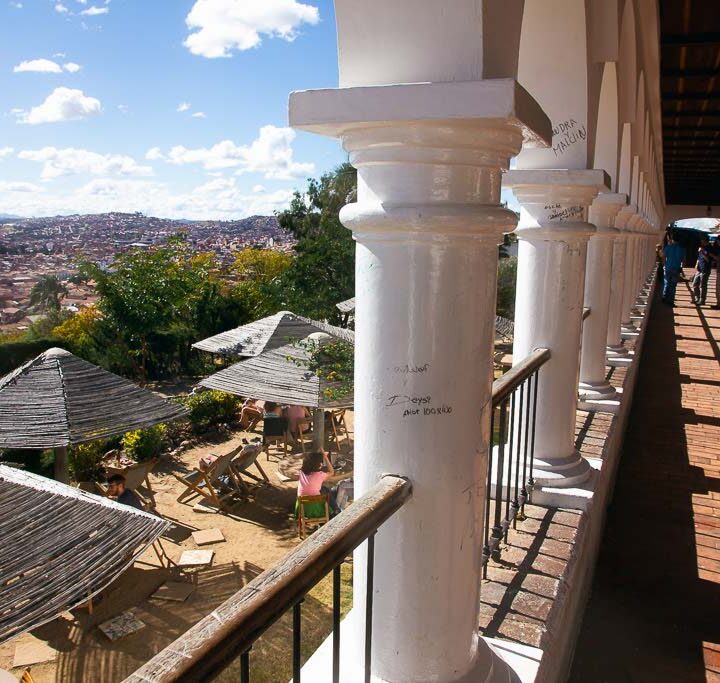
13. Visit the mining town of Potosí
The town of Potosí is famous for its Cerro Rico mountain, where the silver deposits are some of the richest in the world.
Cerro Rico nowadays is like a big Swiss cheese with thousands of mine shafts running through it. Around 10,000 people still work in the mines despite absolutely awful conditions. Most miners die young because of health issues.
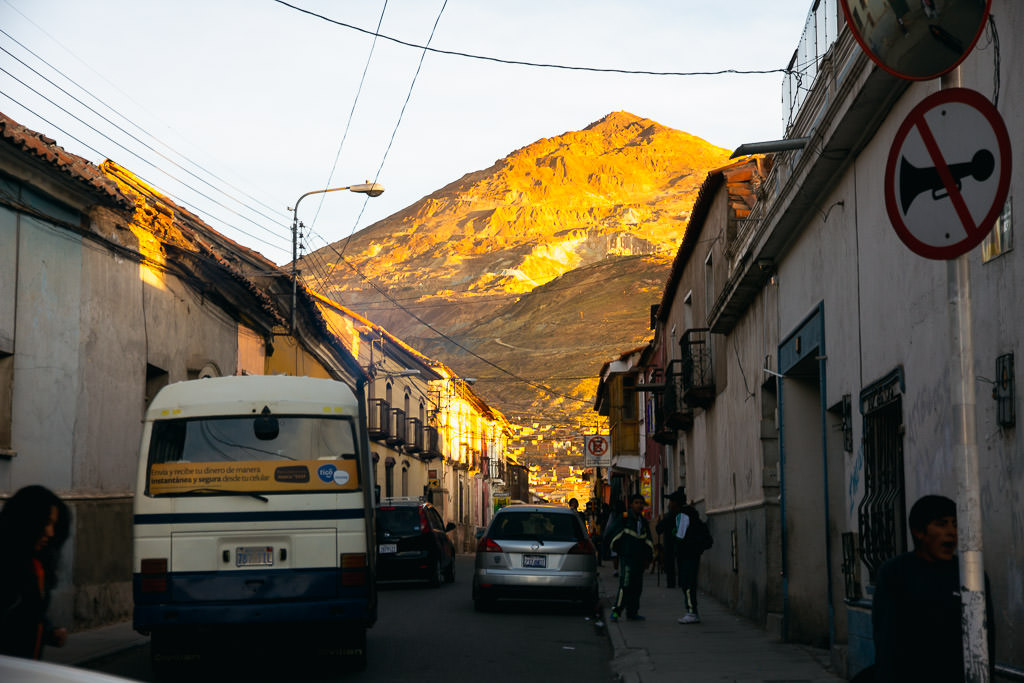
It’s possible to head into the mines on a tour. Typically you’ll be expected to bring some gifts for the miners, like cigarettes or supplies they can use (you’ll be taken to a miner supply shop in advance where you can buy these things). These tours are hot, sweaty, and safety is not entirely guaranteed, but they do seem to give you a fascinating peek into the lives of the Bolivan miners.
Prior to going to Potosí I saw the documentary The Devil’s Miner that was showing in a pub in Sucre, after which I lost my appetite for touring the mines based on the working conditions and ethical considerations. But you really should make up your own mind as to whether to visit the mines.
Others who went said they came back having gained a unique perspective. Koala Tours is said to be among the best of the tour organizations as they employ former miners as tour guides.
The mines are not the only reasons to visit Potosí. With its narrow streets, colonial mansions and many churches, the town of Potosí itself is a UNESCO World Heritage site.
More things to do in Bolivia
In brief, a few more places to visit in Bolivia, some of which are a bit more off the beaten path:
- Visit Cochabamba. This is a great city for seeing authentic Bolivian culture, where you can also take the gondola up to the Cristo de la Concordia, a big white christ statue on top of a hill. Cochabamba doesn’t have as many typical tourist sights as La Paz or Sucre, but it’s a great city to spend some time in.
- Go caving in Uma Jalanta. A few hours north of Cochabamba you’ll find Toro Toro National Park, within which is the huge Uma Jalanta that you can explore while guided by the local park rangers.
- Trek the other ‘Inca Trail’. While the Inca Trail in Peru leading to Machu Picchu gets all the selfies, there are other ancient Inca trails through the Andes. From La Paz, you can do a multi-day Inca trail trek through the rugged mountains and verdant cloud forests. The Takesi Trek is one of the most popular and local tour companies offer guided 2-day and 3-day treks starting in La Paz.
- Go into the jungles in Rurrenabaque. This jungle town in northern Bolivia is the gateway to the Madidi National Park. Here we can see all kinds of mammals and insects, including Tarantulas, Howler Monkeys and Jaguars
- Visit Santa Cruz de la Sierra. This city is at a lower elevation and close to the Amazon. It’s a great base from where you can explore the jungle forests and national parks. The vibe is a bit different in this city; the people in Santa Cruz consider themselves more ‘sophisticated’ and closer to Brazilians and Paraguayans, though other Bolivians apparently consider them a bit snobby. If you’re heading east towards the border, Santa Cruz makes for a good stop along the way.
- Climb the Huayna Potosi. This mountain is about 30 km north of La Paz and reaches 6088 metres. While climbing up to the peak isn’t exactly a cakewalk, it’s still said to be one of the easier peaks of this altitude. If you ever wanted to stand on top of the world far above the clouds, this is the perfect place to do it.
Now that you know some of the best things to do in Bolivia, I hope you feel inspired to discover one of the most exciting destinations in South America!
For more travel tips on how to get around, how to plan your itinerary, and other practical matters, don’t miss our in-depth guide to backpacking Bolivia.
Some links may be affiliate links, meaning I may earn commission from products or services I recommend. For more, see site policies.
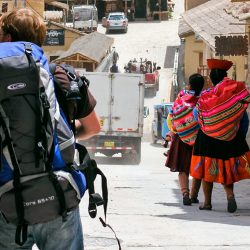
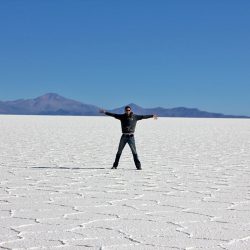




0 comments
Leave a comment
Your email address will not be published. Comments are manually moderated.